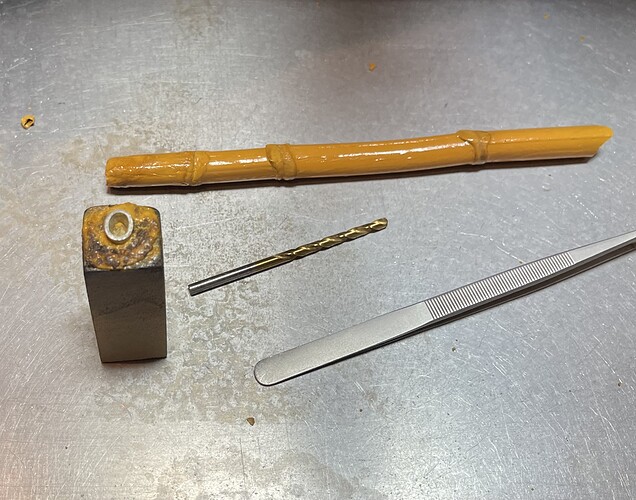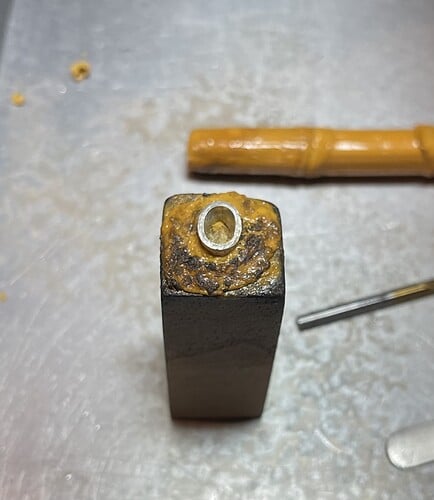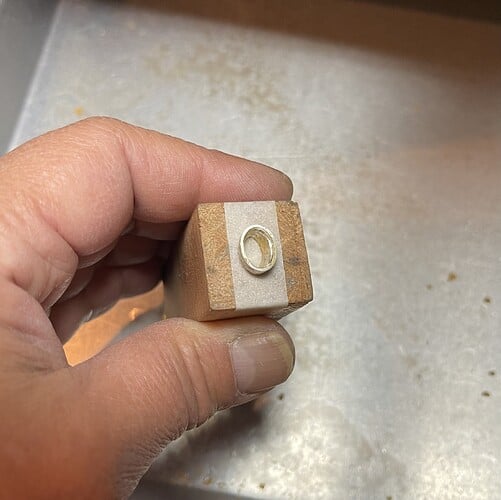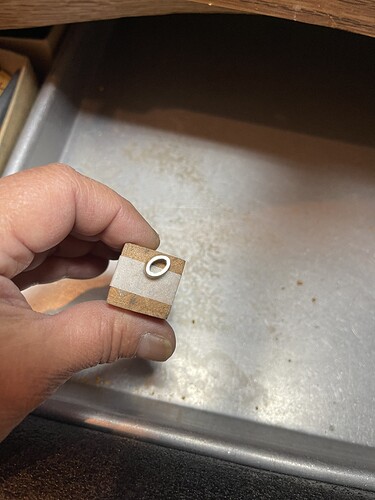Hey Julie,
Looking at MS Rau antiques site they say:
<<Ultrasonic cleaning is a great way to care for precious metals such as gold and platinum, diamonds, and many other untreated or softer gemstones. If you are working with softer gemstones or other precious metals, make sure to be gentle and avoid a harsh cleaning solution.
A bath of hot water with ammonia, or steaming are also great ways to clean harder gems, including diamonds, rubies, sapphires, and alexandrite.
However, there are several softer gemstones that cannot be cleaned this way: Never clean the following delicate gemstones in an ultrasonic cleaner or steamer, as they are naturally more susceptible to temperature changes: These include emeralds, aquamarine, tanzanite, feldspar, fluorite, iolite, kunzite, lapis lazuli, malachite, opal, topaz, turquoise, and zircon.
Organic materials such as amber, pearls, coral or ivory should never be treated in an ultrasonic cleaner.>>
I know this has been discussed here before, and this list sounds about right to me. I would add that tourmaline crystals can have stress in them and respond to cutting by cracking, so faceters usually grind off the rind of the crystal before dopping, holding the crystal by hand with the C axis perpendicular to the lap radius.
As far as wax dopping, green (cabbing) wax that I am familiar with melts at 160F and the brown, red and black faceting wax melts at about 185 to 190F. You don’t use cabbing wax in faceting because the polishing can generate heat and shift the stone and that throws all your subsequent facets out of line. While most stones can tolerate 190*F for dopping, and most commercial faceters I know use the black wax, I’m very conservative about thermal shock and high temps. I started using a hybrid technique where you push the stone into soft, but not melted wax to make an impression and then use superglue to glue the stone into the depression. This way you use minimal heat, but if the stone comes off the dop, there’s a unique breakage pattern and you can re-register the stone exactly and superglue it again. I have done it and it works! That said, recently a faceting mentor taught me to use only superglue and to build it up in layers using a drop or superglue and then a drop of accelerator until you have the amount you need. To remove, you heat up the back side of the metal dop and when the superglue gets the least bit warm, it lets go.
Of course, if you are dopping emerald, all bets are off and you probably use white glue to dop and no heat at all! More than most of you wanted to know, I’m sure… -royjohn



